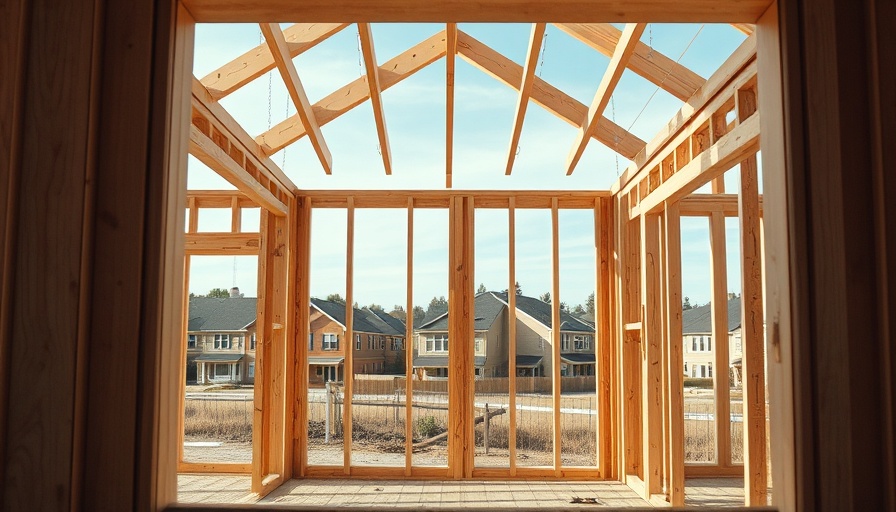
Canadian Lumber Tariffs: The Rising Cost of Homebuilding
The recent surge in tariffs on Canadian lumber is sending shockwaves through the U.S. homebuilding industry. The Trump administration announced an increase in duties on August 7, pushing rates up to a staggering 35% for non-exempt Canadian imports. While the U.S.-Mexico-Canada Agreement (USMCA) technically protects some Canadian lumber, separate antidumping and countervailing duties have compounded the financial burden on American builders.
Unpacking the Numbers: What Builders Are Facing
Currently, builders face an effective duty of 27.3% on Canadian lumber, which is expected to rise to nearly 35% pending an upcoming determination from the Commerce Department. To put it in perspective, the National Association of Home Builders (NAHB) warns that this is akin to a tax on American builders and consumers, ultimately leading to skyrocketing housing prices during a time when affordability is already critically low.
Why Housing Prices Matter
With home prices at historic highs, the increased tariffs mean tougher times ahead for potential homeowners. NAHB highlights that the average new single-family home requires approximately 15,000 board feet of lumber. Each percentage point increase due to tariffs pushes the cost of homebuilding higher, which could keep many buyers on the sidelines.
The Bigger Picture: Future Implications for Homebuilders
The lumber market is already feeling the strain; data shows that lumber supply is at its lowest since 2019. While imports from other countries have increased slightly, they still account for under 5% of the supply. Unfavorable market conditions have already driven lumber prices up by over 16% compared to last year. This trend raises critical questions: how will builders adapt, and what does this mean for housing demand?
A Call for Negotiation and Action
The NAHB is urging the Trump administration to reconsider these hefty tariffs and to negotiate a new softwood lumber agreement with Canada that balances the interests of both countries. As lawsuits contest the validity of these broader tariffs loom, the stability of the housing market hangs in the balance.
With uncertain conditions and increasing costs, consumers and builders alike must navigate this turbulent landscape. Consider how rising construction costs affect your next investment and what strategies you can implement to prepare for potential market shifts.
 Add Row
Add Row  Add
Add 




Write A Comment